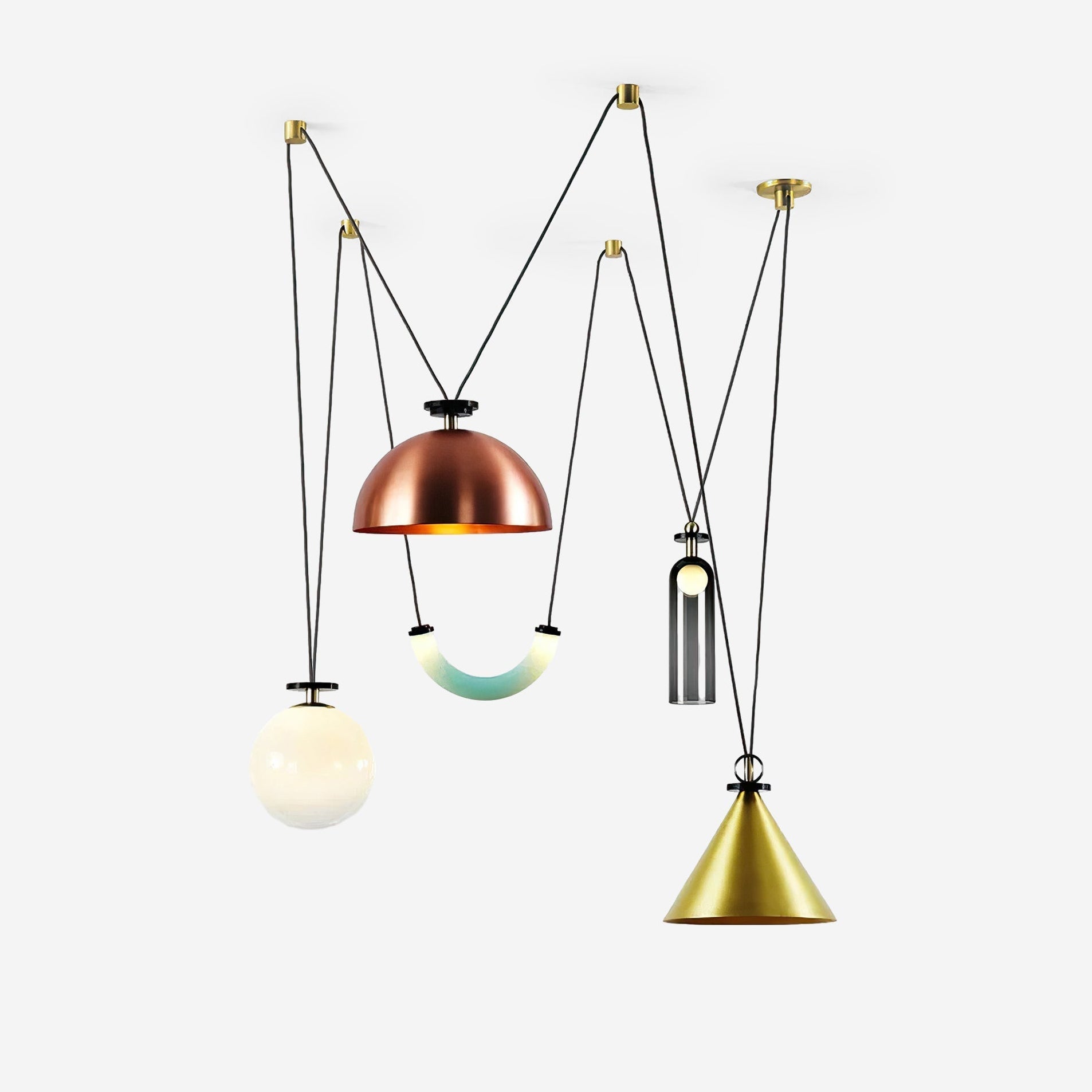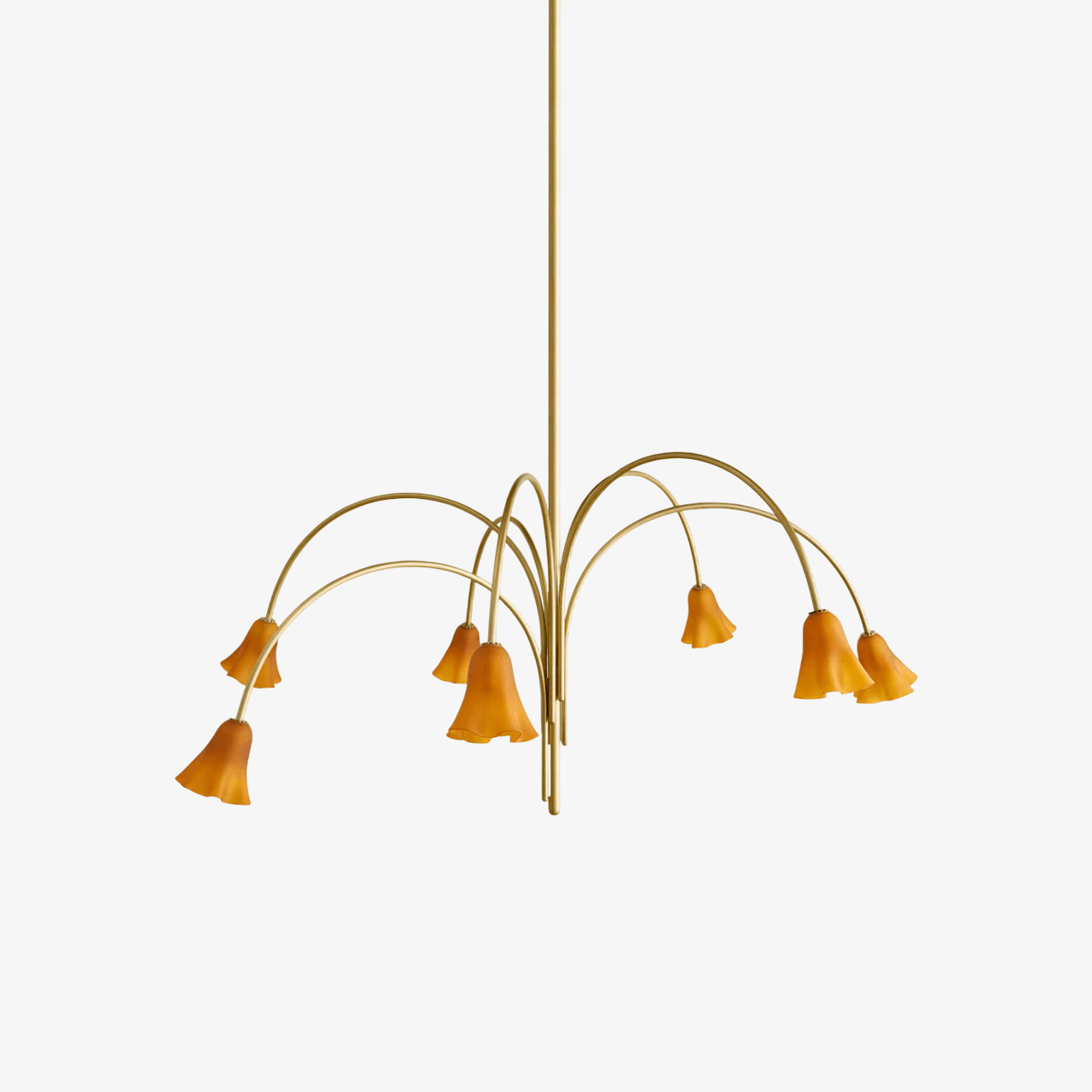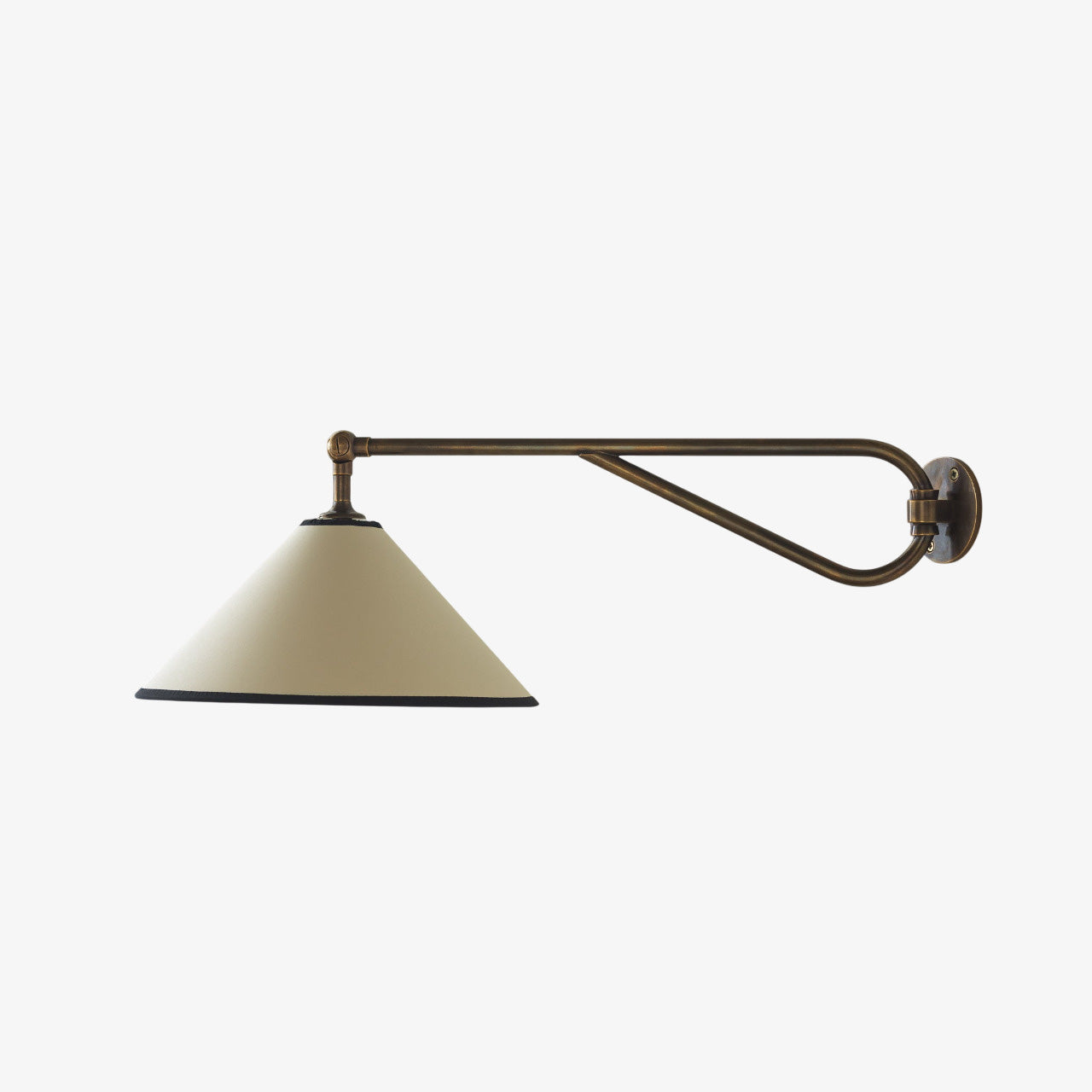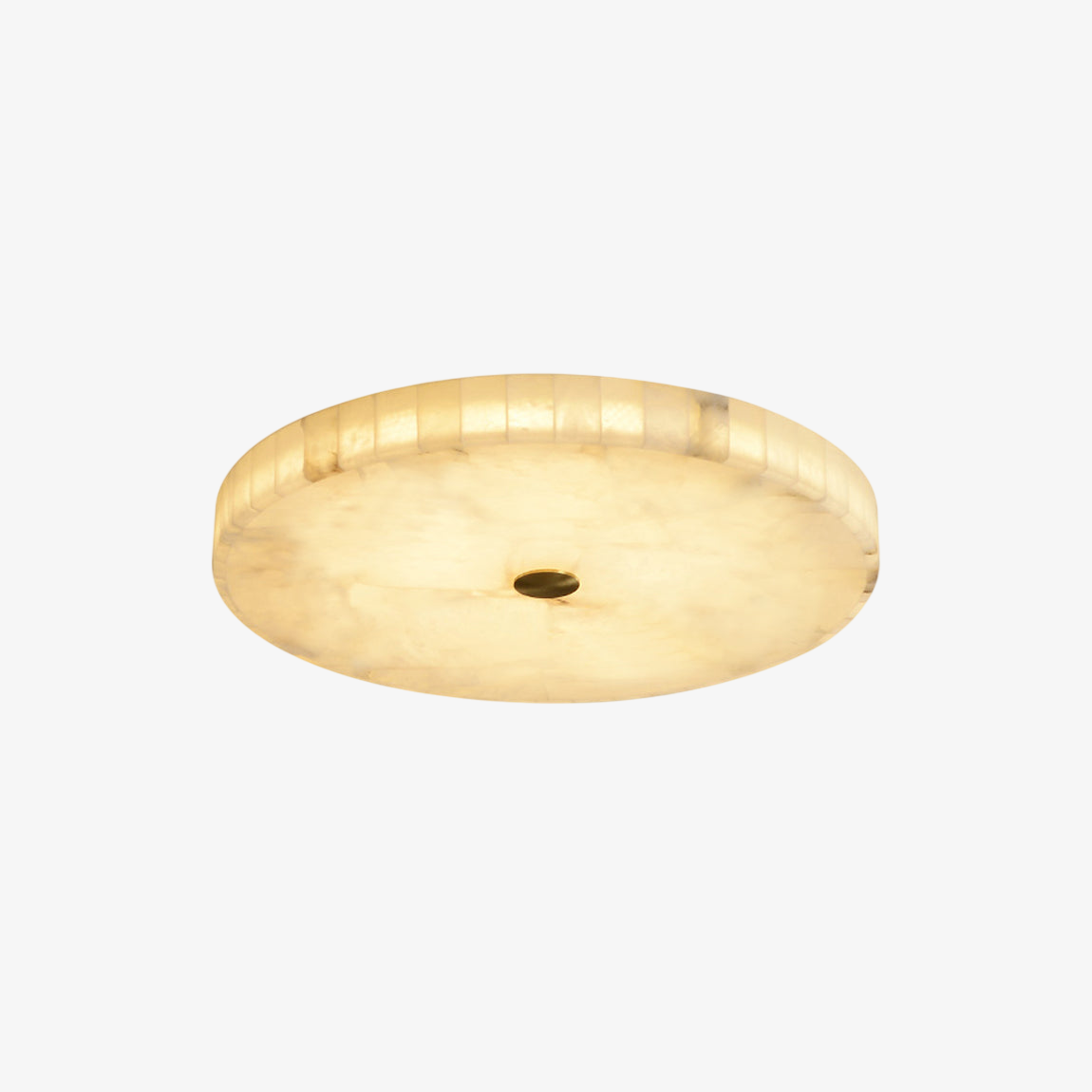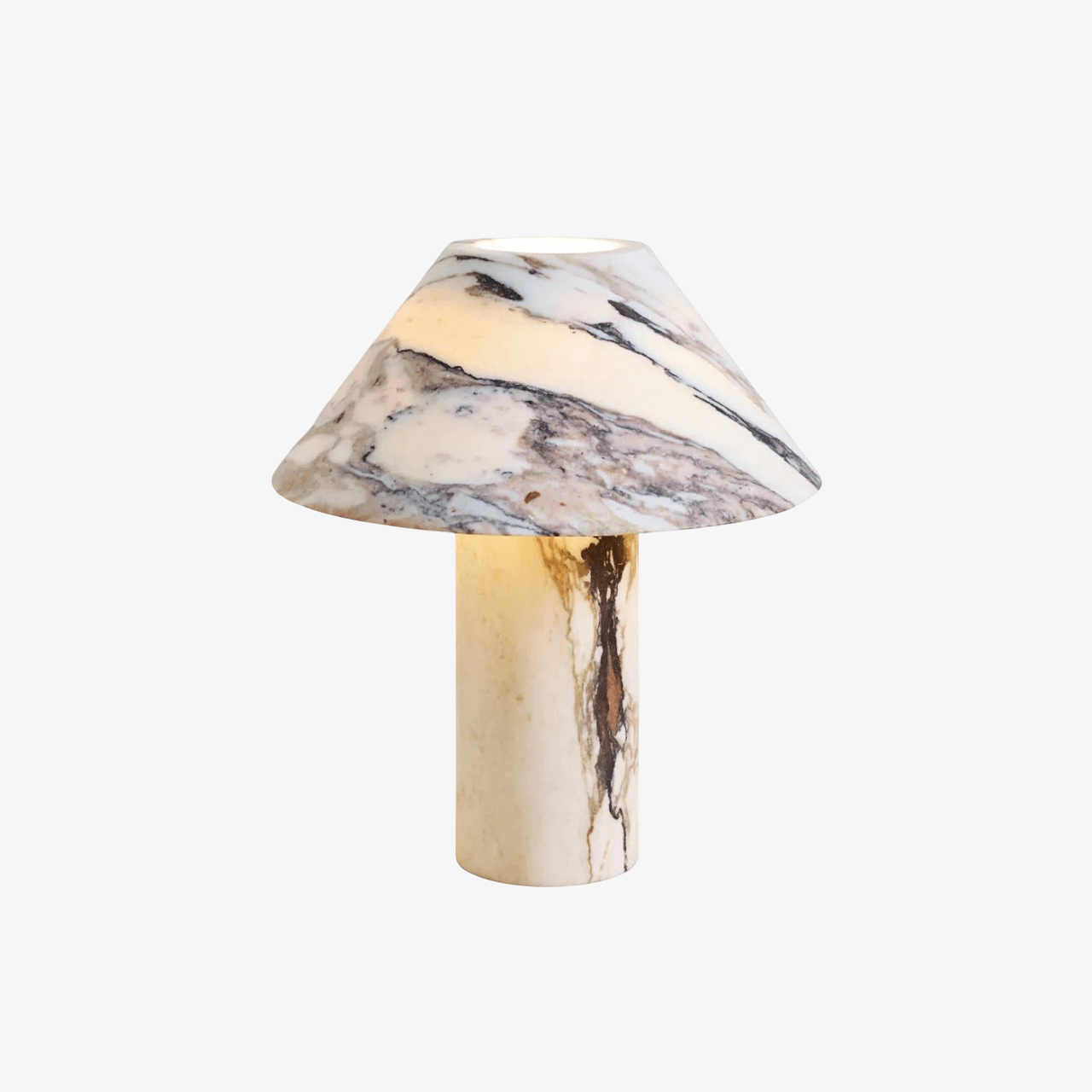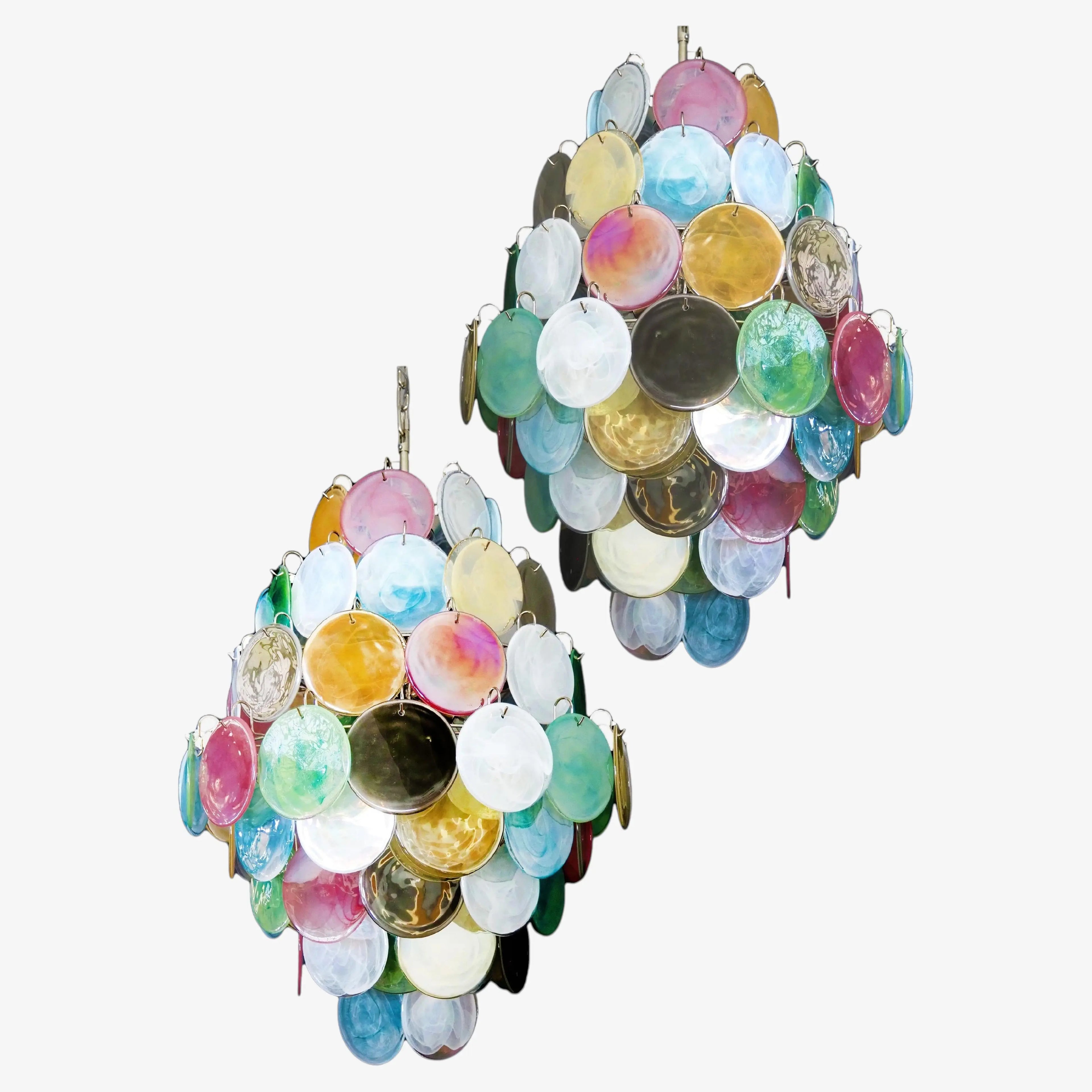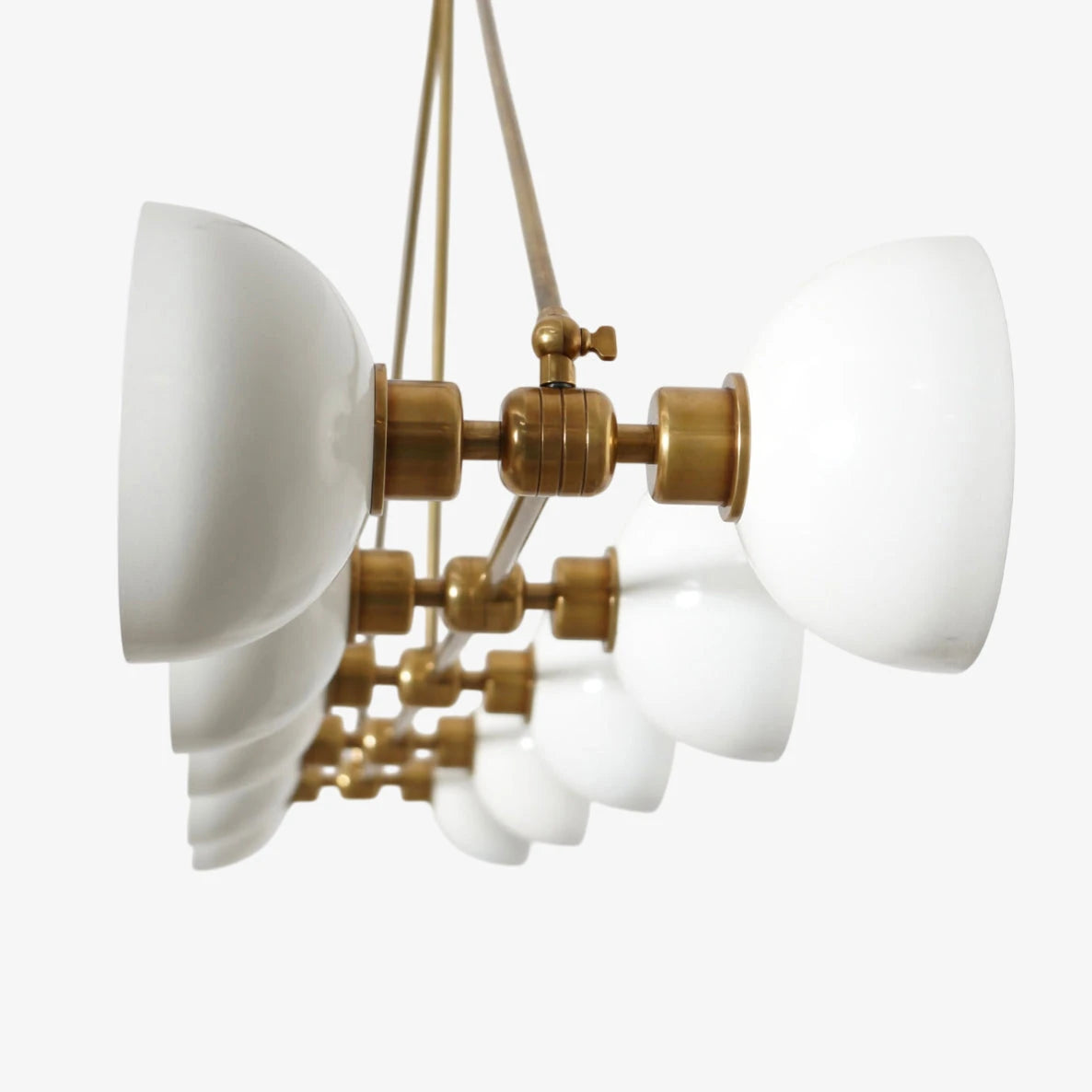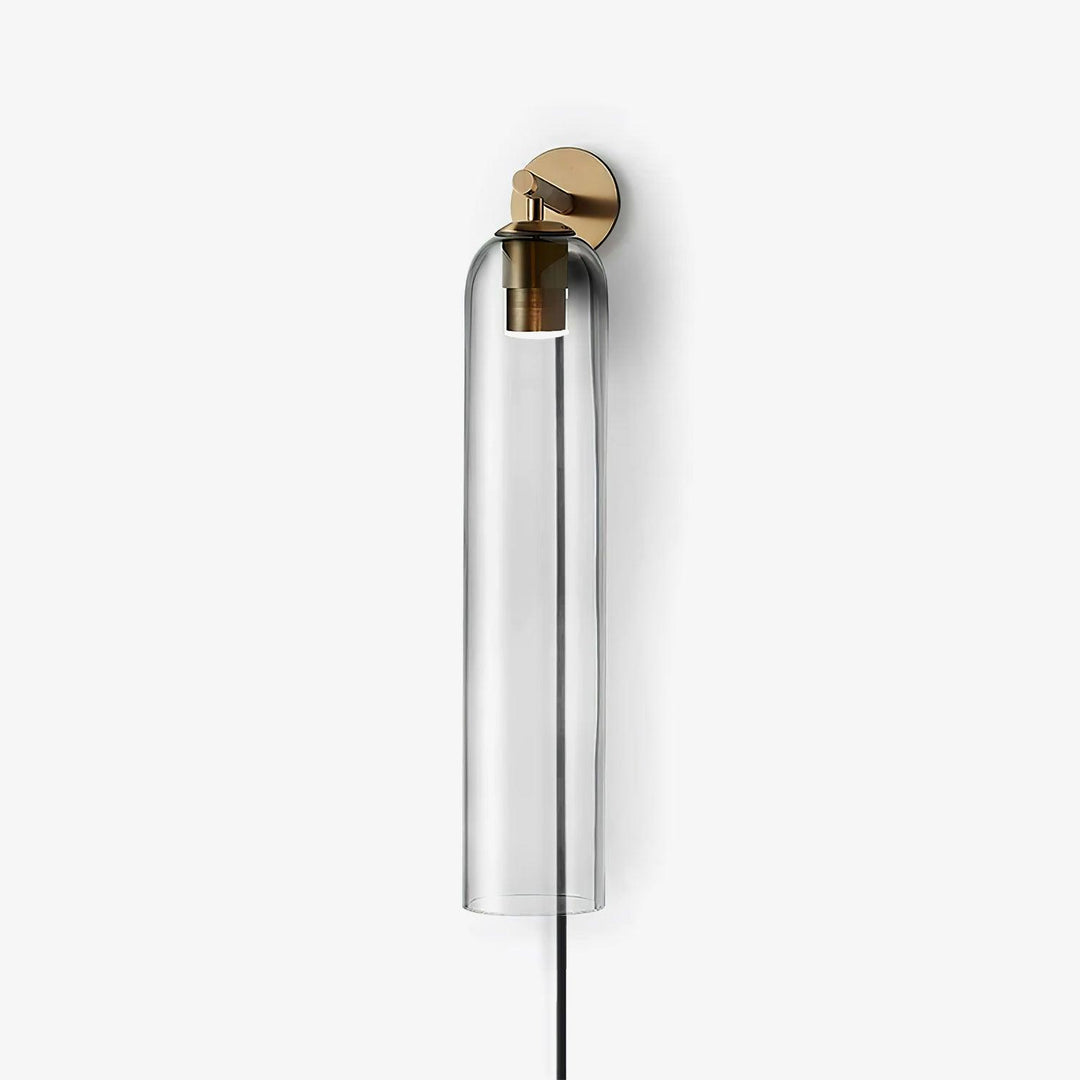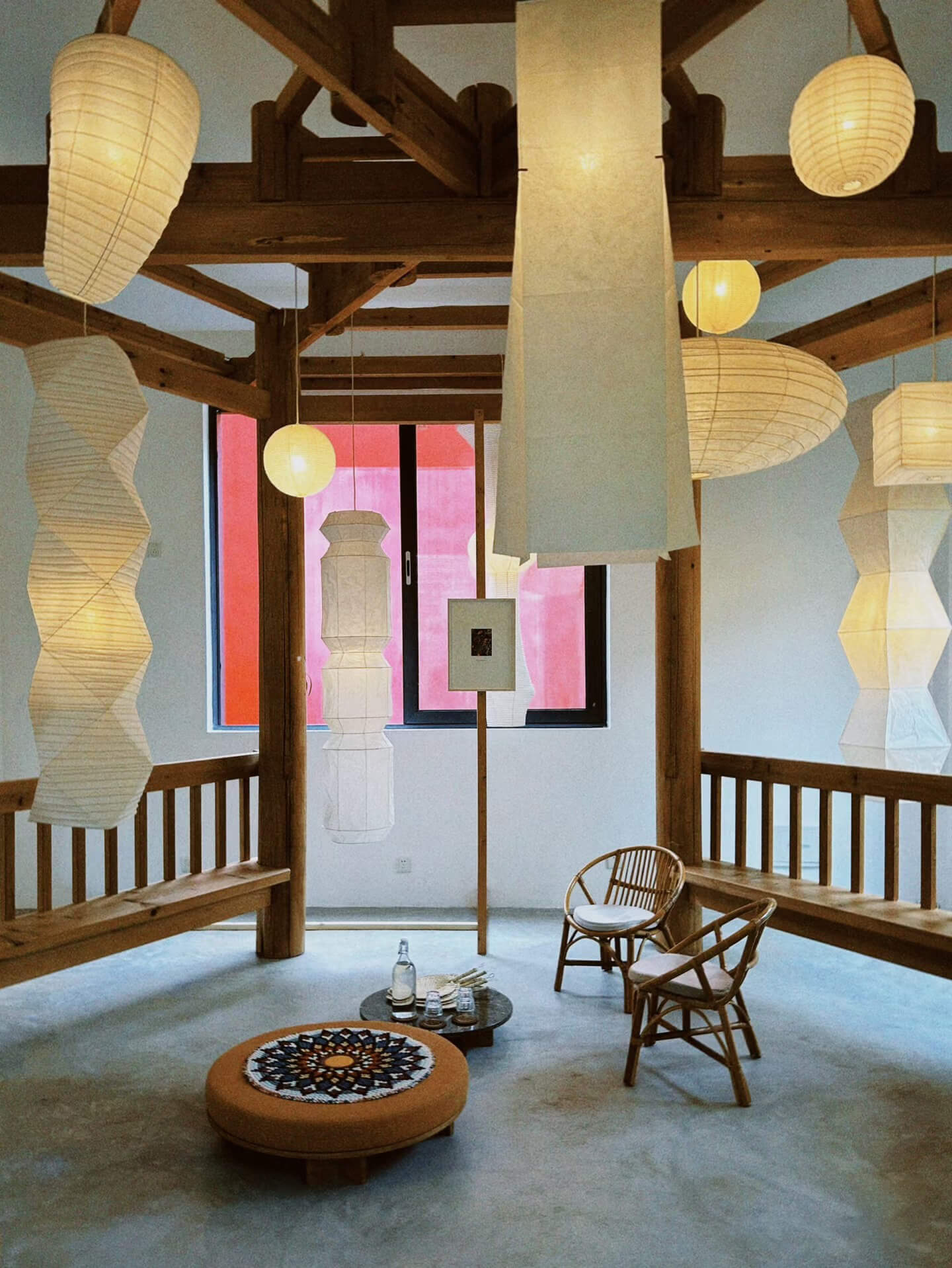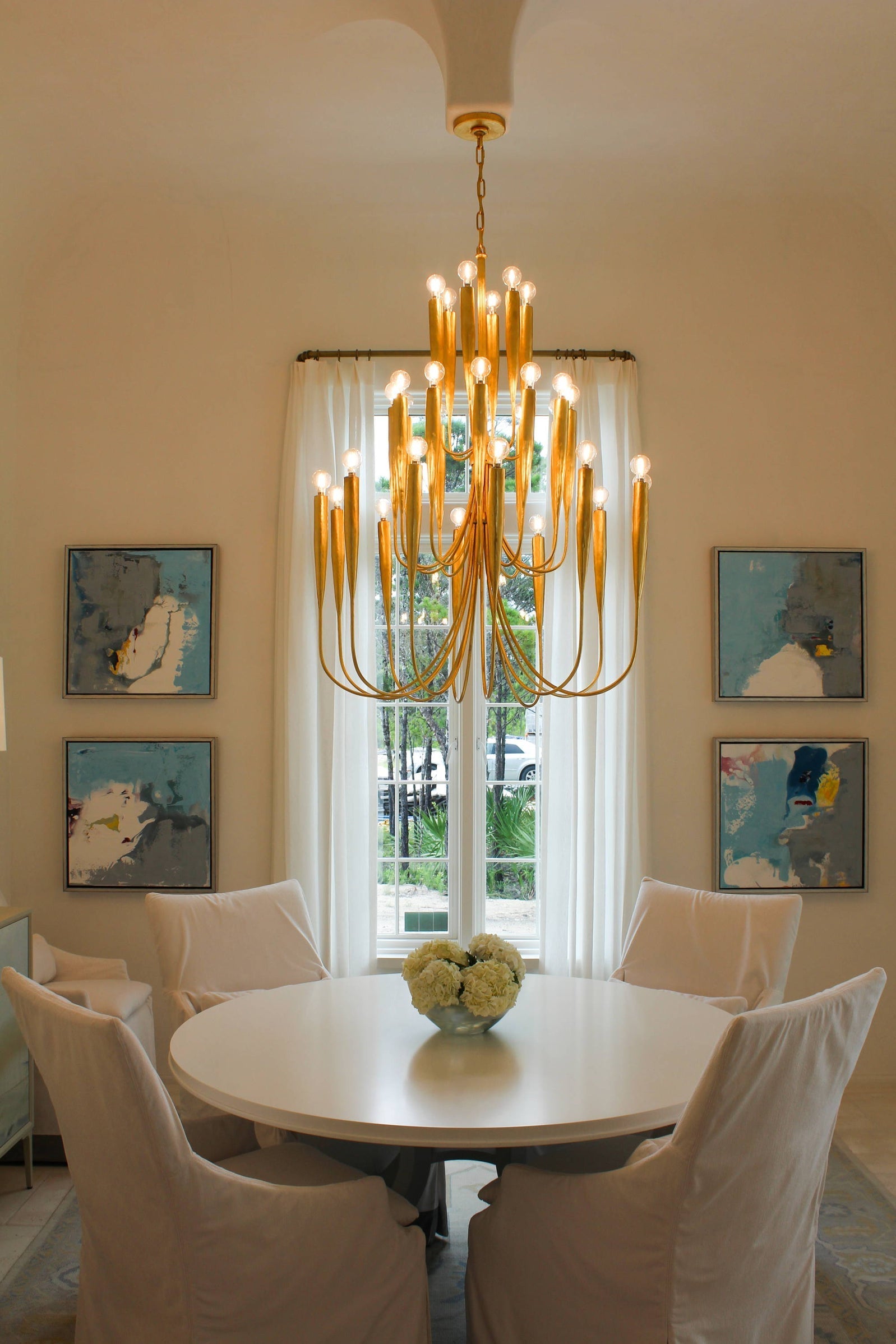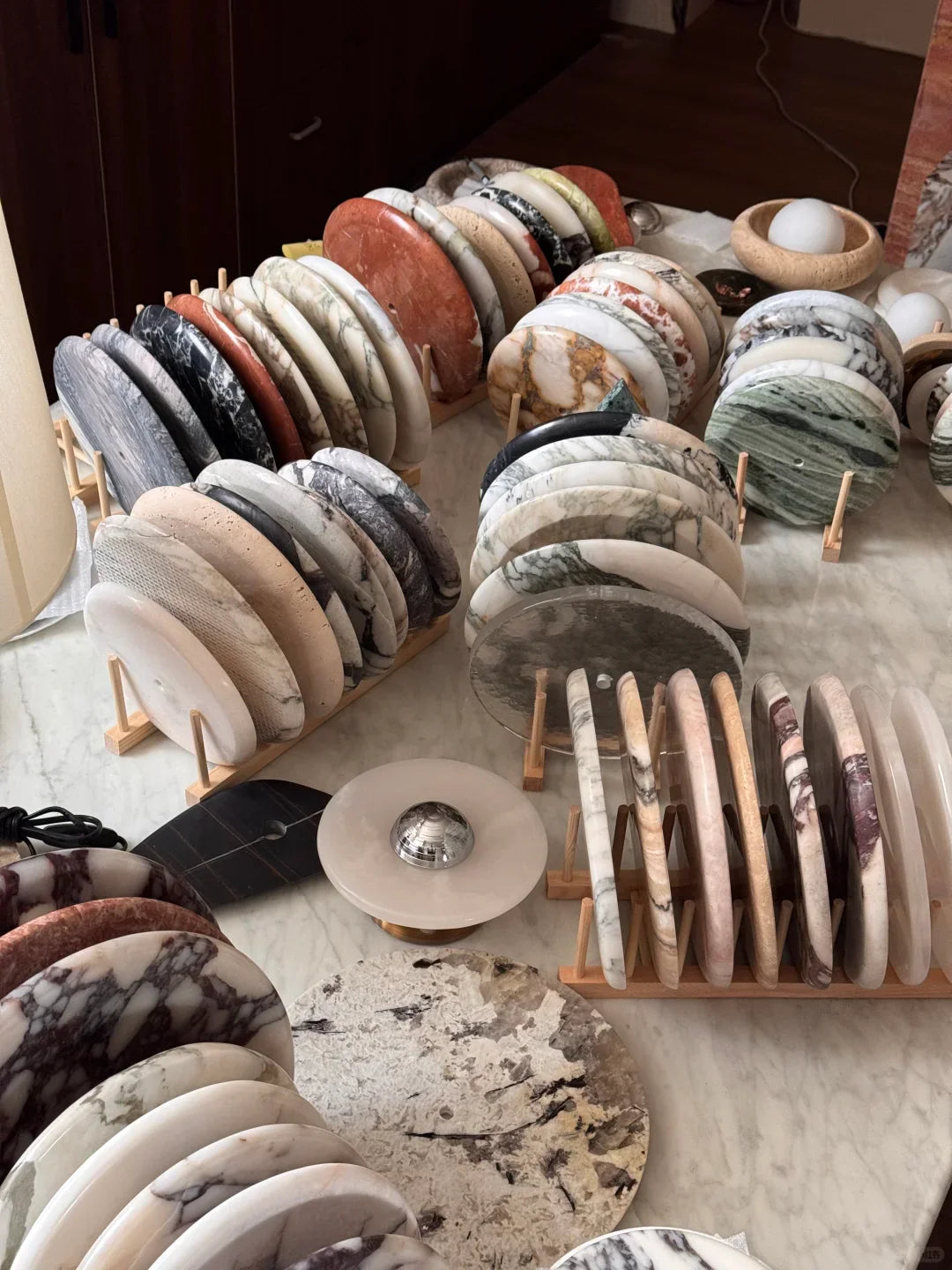
Do You Really Know How to Select A High-CRI Lights?
Last updated 24th May, 2024
Overview
The sun shines on the most things in the world, but there are always places where the sun doesn't reach, so human invented the lamp.
First thing you need to know
The light emitted by a lamp shines on an object and it reflects light that cannot be absorbed back to our eyes, which makes it visible. These so-called rays of light are actually electromagnetic waves, some of which have longer wavelengths and some shorter, and generally electromagnetic waves with wavelengths between 400nm-750nm can be seen by our human eyes.

A portion of the wave spectrum of sunlight, which is used as a standard wave spectrum, is shown in the figure below, and our goal is to make a light source that emits light that is infinitely close to this spectrum.

CRI in layman's terms
Therefore, we used a metric: CRI, to assess the gap between our artificial light and the standard wave spectrum. We define that the color of an object is most realistic when sunlight hits it, cause sunlight contains all of the visible spectrum that the human eye can see. It has a CRI value of 100, and we use it as a benchmark to compare how good or bad other light sources are. The higher CRI of the light, the better ability to reproduce colors.
In the lighting field, we generally believe that CRI greater than or equal to 90 is a high color rendering emitter. The light emitted by this luminescent body makes objects more three-dimensional, clearer and reduces visual fatigue.

Easy to be misunderstood
In recent years, high CRI lamps are very hot sale and many people use it as an important indicator when they select lights for their home. But if you judge a lamp is good or bad by only CRI, it is easy to make a huge mistake.
Simply pursue high CRI
The first thing is high CRI not means high color temperature. A simple example is that the color of sun’s rays is different from morning to evening, but the CRI is all the same. That’s because the color you can see depend on what color reflected by material, though the sunlight contains waves of all colors, the material doesn’t reflect it. Two light colors are the same but not necessarily the same spectrum.
You can see we can mix various colors to get a 5000K light, and it doesn’t have red light, so you'll see distorted colors.

If you light up the apple with a red color wavelength, obviously you will see full color.

Methods to stimulate high CRI
The second thing people often misled by manufacturers is that how they excite phosphor. Usually the light source is blue light excitation or violet light excitation. In fact they both good in terms of current technical.
The defects of blue light excitation are that it is very ineffective in suppressing short-wave blue light, the wavelength is still much higher than that of the solar spectrum, the indigo portion has not yet been made up, and there is a lack of color rendering in irradiated items, which makes it difficult to influence melatonin. The drawback of violet light excitation is that while the excitation process reduces the stimulation of short-wave blue light, it may brings the danger of UV damage.
But these shortcomings can be overcome with current technology. So we don't need to buy blue-excited or violet-excited lights specifically. If the manufacturer of the fixture you are buying has expert support, you can ask them for more detailed information. I will summarize the criteria for a really good high CRI light below.
About the spectrum of excellent high CRI
Individual values of the spectrum
The waveform of the light source should be uniform with no prominent peaks or valleys. Pay particular attention to the R9 value and the waveform outside of visible light. Ra index better be higher than 90, at least higher than 80. Notice that Ra index mean the average value of R1-R8, you may be wondering why the R9 is not included? Actually the calculation of CRI is the average value of R1-R15, but we have used the value of R1-R8 in the past. These are soft color and enough to evaluate color performance in areas such as clothing or architecture but obviously not available for some other aspects like art exhibitions, meat color, etc. So new standard of CRI calculation comes out.
Now Ra means the average value of R1-R8, CRI means the average value of R1-R15. R9-R15 are more saturated colors. One of these, R9, is the saturated red color, which has a special value and describes the specific ability of light to accurately reproduce the red color of an object, many manufacturers do not indicate the scores of R9.
The importance of red light
However, many application scenarios require red light, such as film, textile printing, image printing, medical lighting, and art lighting. Some things don't look red but are made up of many colors, such as your skin, which is affected by blood under the skin and therefore skin tones include red, if the light you buy has a low R9 value it means that when you shine this light on your skin it will look like you have pale skin.
So the problem is that some people still used the old standard, which mean maybe their light have very low R9 value but they still claim to have a 90+ CRI of light. It will brings the consequence that when you buy a 90+ CRI light and use it to light up your room, work or something, then you find out they are pale, maybe even a bit green.

Conclusion
Now let’s conclude how CRI effect the decision when you buy a lighting. What we need is that are as close to the sunlight spectrum as possible, of course normally we do not need other than visible light, such as ultraviolet or infrared, in our daily lighting. Excessive UV rays can damage our skin and eyes. The benefit of high CRI lighting is that the indoor scene closer to the outdoor effect, and the objects are more realistic, clear and plump.
We try to explain the significance of some important parameters in lighting in as simple and understandable terms as possible. If you have questions about lighting, please contact our team of experts for support. We will glad to help you.
Share

